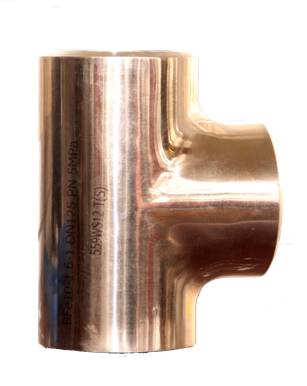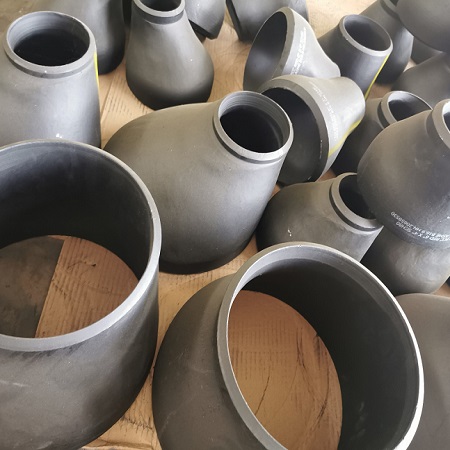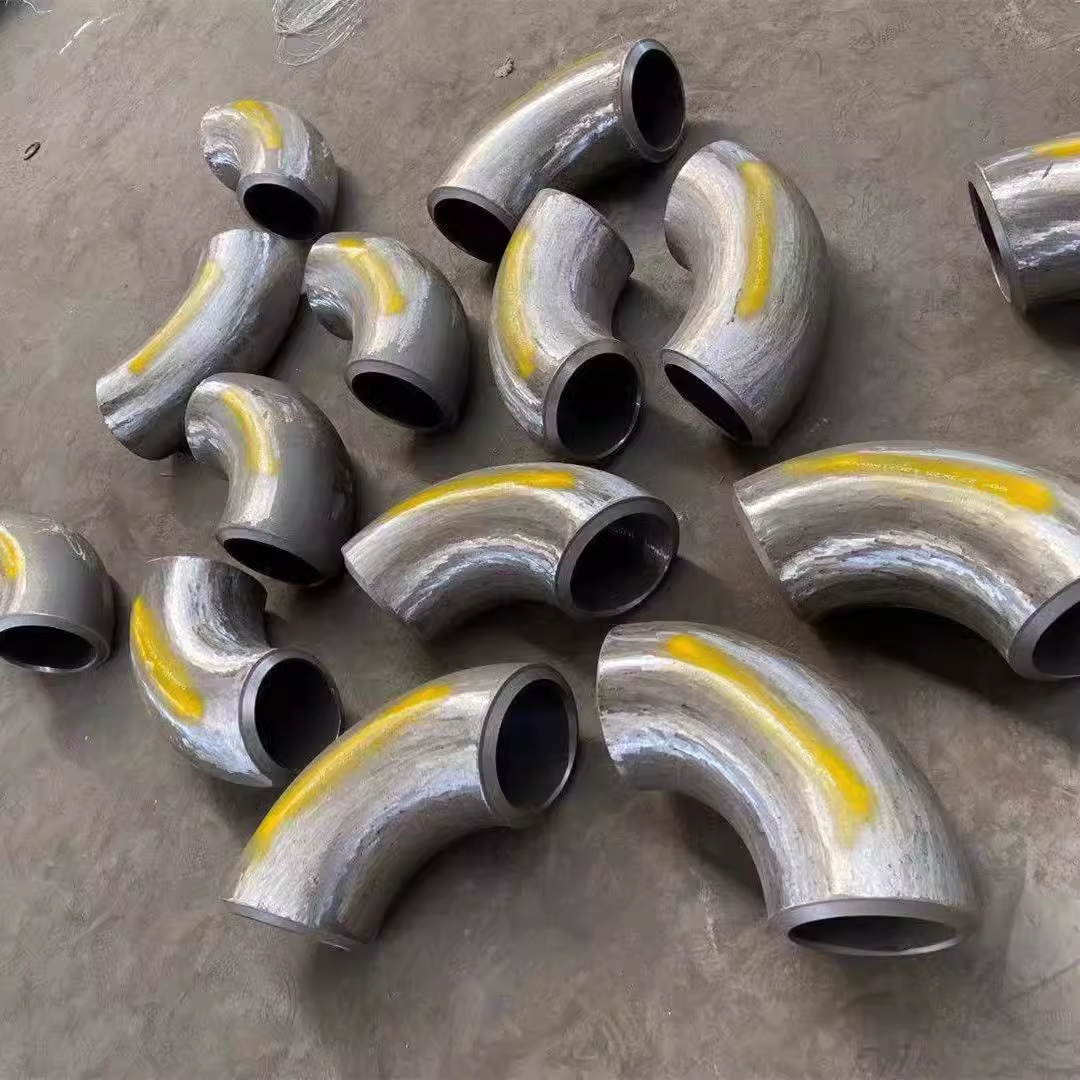What harm does h2s do? How should pipe fittings be treated to resist damage from h2s?
H2S is a colorless, flammable gas that is produced by the breakdown of organic materials and is a by-product of the industrial production of many materials. It is also a naturally occurring gas, found in areas like sewers, landfills, and oil and gas fields. As a result, it is a common problem in industrial and residential areas.
H2S is highly toxic and can cause severe health effects. Inhalation of high concentrations of the gas can cause dizziness, nausea, vomiting, and even death. Long term exposure to low concentrations of the gas may result in respiratory problems, eye irritation, and headaches. In addition, H2S is corrosive and can cause damage to metal surfaces, including piping and fittings.
The best way to protect piping and fittings from damage due to H2S is to use materials that are resistant to corrosion. Stainless steel, brass, and copper are all resistant to corrosion and are suitable materials for pipe fittings. It is also important to ensure that all joints and connections are properly sealed to prevent the gas from leaking.
In addition, it is important to ensure that all piping and fittings are regularly inspected and maintained. If any signs of corrosion are spotted, the affected parts should be replaced immediately to prevent further damage.
Finally, in areas where H2S is a known problem, it is important to install a ventilation system to ensure that the gas is not allowed to accumulate in the area. This can reduce the risk of exposure and minimize the potential for damage to piping and fittings.
In summary, H2S is highly toxic and can cause severe health effects if inhaled in high concentrations. It is also corrosive and can cause damage to metal surfaces, including piping and fittings. To protect piping and fittings from damage due to H2S, it is important to use materials that are resistant to corrosion, ensure that all joints and connections are properly sealed, regularly inspect and maintain the piping and fittings, and install a ventilation system in areas where H2S is a known problem.
Molding Process:
Through hot pressing, cold extrusion, hot pushing, molding and other manufacturing processes, with the mold, mandrel to complete the product forming.
Production Scope:
DN6-DN3200
Main Material:
Carbon Steel, Alloy Steel, Stainless Steel, Bimetal Compound, Nickel base alloy and Other materials
Application Condition:
Widely used in Petrochemical, Coal Chemical, Refining, Oil and Gas Transmission, Marine Environment, Power, Heating and Other projects
Product Characteristics:
Rich production technology, advanced equipment, high automation degree and high production precision,complete molding.As the designated supplier of major energy enterprise groups under the jurisdiction of SASAC,company has won numbers of national, provinc







